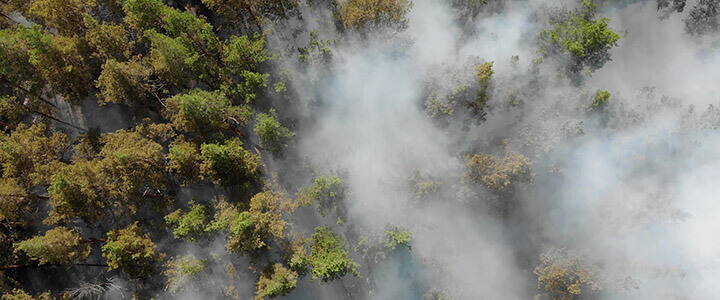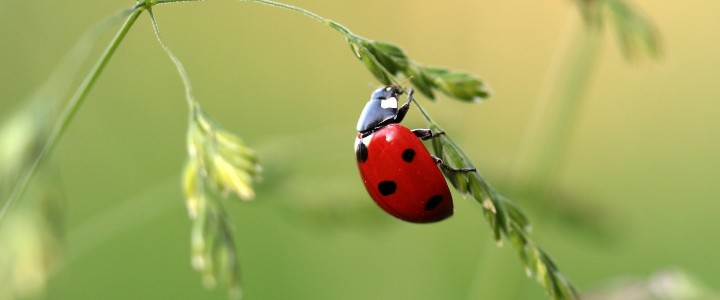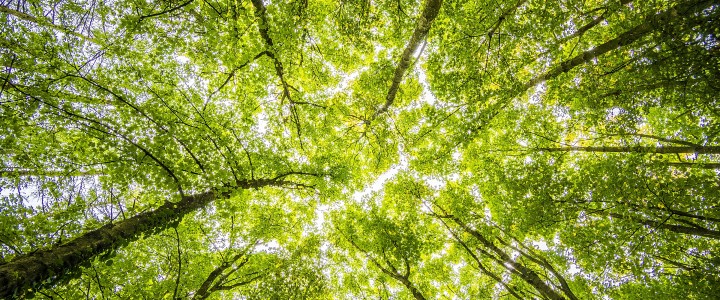How climate change is threatening bats
The number of bats in the UK has been declining. The main culprits include habitat loss, misinformed people killing them out of fear, and death due to exposure to chemicals to pesticides. But there are other factors that can affect them. Let’s learn how climate change is threatening bats.
Hibernation and Climate Change
The world is slowly getting warmer. There are probably corrective environmental factors that help to maintain the world’s temperature. For example, warmer oceans create more clouds, and these clouds reflect sunlight into outer space. Air and ocean currents may move faster or simply shift.
This is leading to more climatic extremes, though it can ironically contribute to later freezes and colder winters. And you could get an earlier spring thaw, whether or not it is followed by a sharp freeze. This could result in bats emerging for hibernation early though there isn’t enough food for them. Or they could emerge from hibernation, find it isn’t yet suitable, and return to hibernation. This will deplete their energy stores.
Environmental Stress and Diseases
The UK hasn’t experienced the incredibly high temperatures that led to massive die-offs of flying foxes due to stress. We don’t know if a changing climate is increasing stress on these populations, reducing fertility, and increasing death rates. But increased stress can make bats more prone to disease.
White-nose syndrome is a fungal infection. It is named for the white fungus that can infect the muzzle, ears and wings of bats. It thrives in cold, wet conditions. That means it can affect bats living in caves as well as in damp attics. The fungus is primarily transmitted from bat to bat, though humans inspecting caves or buildings filled with infected bats could spread it to other areas.
Human Development and How It Can Harm Bats
One of the most tragic side effects of increased renewable energy is the toll it takes on wildlife. Wind turbines don’t just kill migratory birds. They can kill bats, too, though some species are more prone to it than others. Roughly three-quarters of bat fatalities from wind turbines are “tree bats”. These are the most endangered bats since they tend to live exclusively in relatively pristine areas.
They’re also more likely to migrate and mate in the summer and fall, the latter of which is when wind turbines are most active. It isn’t clear if bats mistake slowly moving turbine blades or turbine shafts as trees. This is why you must have a bat survey done before you can build solar panels and wind farms.
What is a bat survey? Bat surveys are professionally done surveys that determine the number of bats in an area, their species, and their behavior patterns. An initial survey called a roost assessment can be done during the day and throughout the year.
Bat emergence surveys may be legally necessary if there are bats on the property, if there are signs of bat activity, or if your property has habitat value. Bat emergence surveys are done at sunrise and sunset between May and September. These surveys are necessary to comply with the Habitat Regulations 2010 regulations.
The survey will determine what species of bats are present, an estimate of the number of bats and how the bats are using your site. It will be much easier to evict a few common bats, whereas you will fact strict rules if there is a maternity colony on the premises.
Note that the presence of bats doesn’t mean you can’t get consent. It simply means you must provide proof that you’ve mitigated the problem, removing the bats without harming them. But the level of care required to deal with the endangered Barbastrelles is higher than what is involved when there are a few common soprano pipistrelles.




















